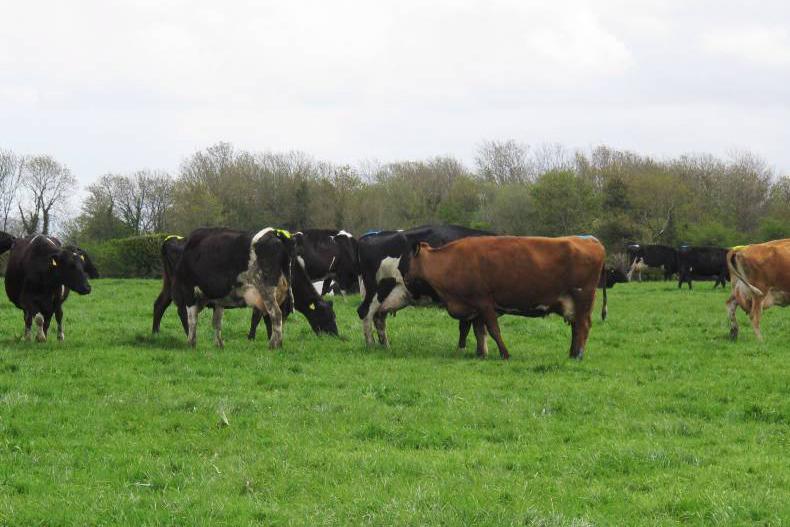The cows on the Clover trial in Teagasc Clonakilty and the two demonstration herds in Greenfield, Kilkenny, and Shinagh, Bandon, had exceptionally good herd fertility results based on scans. All three herds (over 700 cows in total) had 4.5%, 5% and 7% empty respectively at the end of the breeding season (see Table 1).

Results for the six-week in-calf rate are not available yet for the two demonstration herds, however, they are expected to be over 80%.
Clonakilty had an exceptionally good six-week in-calf rate at 87%, however some of the other research herds did not fare well on scan results. Curtins Farm in Moorepark and the spring section of the Johnstown Castle herd showed particularly poor results this year.
Curtins had a 75% in-calf rate for six weeks and a disappointing 12-week rate of 83%. For the last number of years the herd has struggled to get good fertility results.
In Johnstown, the spring herd has been going well for the last number of years (less than 10% not in calf in 10 weeks), but this year 18% scanned not in calf. The Johnstown breeding season is set out in two periods of 10 weeks of breeding in spring and autumn.
The Next Generation herd in Kilworth – the flagship herd for high EBI and high fertility genetics – didn’t have a good six-week in-calf rate at 66%, which is well off the 80% target, but overall 9% not in calf is not bad after 12 weeks.
However, better performance would have been expected from this herd. It is being compared with a herd with the national average EBI and that herd had similar fertility results this year.
We will follow on from this next week, with more details on implications and management.






 This is a subscriber-only article
This is a subscriber-only article











SHARING OPTIONS: